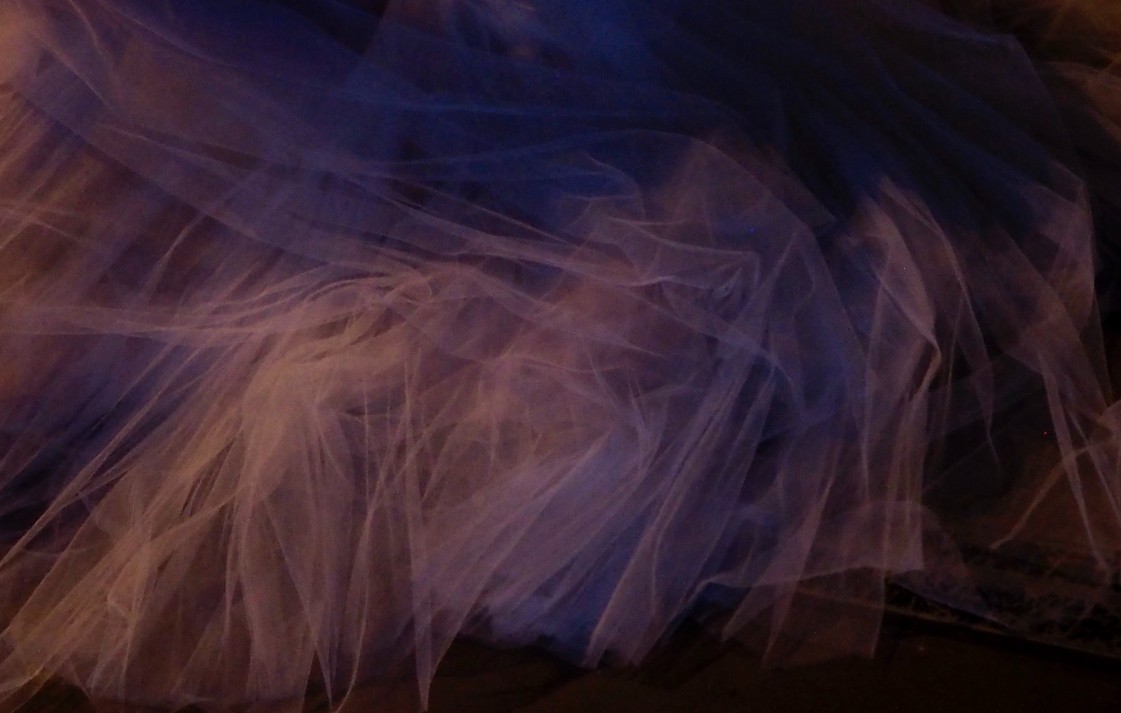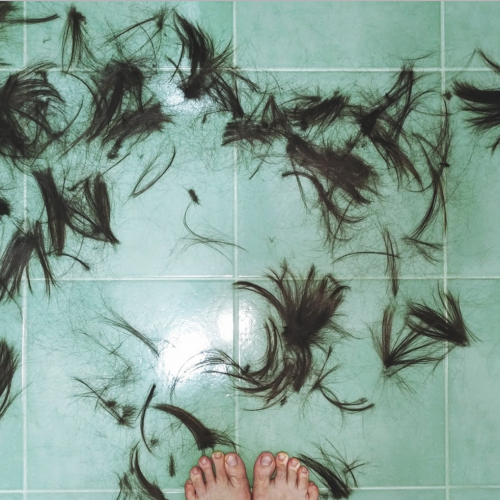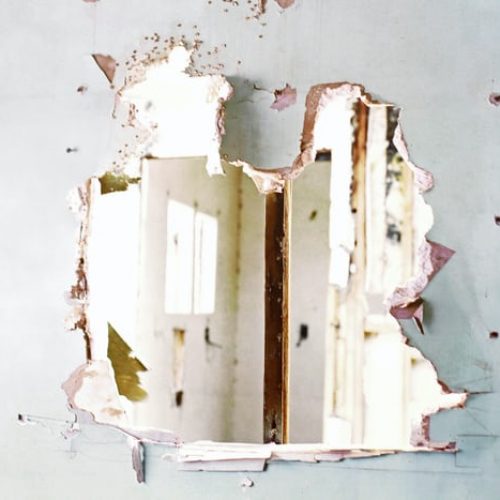The pop from my ankle cracked like a gunshot—audible to everyone but me. The music abruptly silenced. In that frozen instant, hovering on one leg (for once not trying to hold my balance, just miraculously stable) and looking down at my slightly raised foot, a crystal clear voice punctured the fuzzy confusion of my brain: “You are finished now.”
In company class—a daily ritual as familiar to a ballet dancer as brushing her teeth—dancers perform exercises in groups, spacing themselves like a scattering of trees in the forest. We move in unconscious unison, absorbed in concentration. When I stopped, it took a moment for the other trees to notice.
I felt a surge of shame, thinking that the elastic on my pointe shoe had ripped, but a downward glance revealed the sewing intact. Something inside my body had snapped. A plea for help stuttered out of my mouth. Then came the terror. Not panic—I remained level-headed throughout—but a deep fright and loneliness, the kind that comes when you are alone in a crisis. The only one struck down by the random gunfire of injury.
Time can be cruel to dancers. It moves at a snail’s pace during brutal rehearsals and then evaporates like mist in the seconds before the curtain goes up. The rush of activity after my injury felt slow.
One of the dancers carried me like a baby to the Green Room. His tenderness made me yearn for my dad. I clung to his neck and whispered, “Please don’t leave me alone, please don’t leave me…” The sharp clack of street shoes on the hollow wooden floor pierced the fuzziness in my ears, as the director of the company rushed backstage.
A dancer’s life is a series of races. She dances laps around the same track every day in the routine maintenance of her body, an athlete in continual training. But inside the physical instrument, the artist is in a different lane, growing wiser, deeper, and more sensitive. Unfortunately, the dancer’s mind and body run in relay, not tandem. The clockwork machinations of the body begin to wear. Spiritual fatigue creeps in, slowly overtaking physical willpower. In that crystalline moment when I thought my race was over, I looked down, as if from a mountaintop, and saw the paths of my dancing life finally meet—and end.
The company followed the usual injury protocol—ice pack, Advil, a doctor summoned. The clarity of my inner dialogue dissipated into tears of calm despair. Not pain, just sadness.
The word “dancing” implies carefree playfulness, but to exude this quality to her audience, the dancer moves within a strict set of physical rules. Only after thousands of hours of training can she appear to forget the rules and dance, perfectly balanced on the brink of disaster. Only then does the artist truly appear. Our only safety nets are our bodies, training, and courage.
A week later, a surgeon used tiny nails to reattach my torn retinaculum (the band of tissue from ankle bone to heel that holds all the tendons in their grooves) to my ankle, leaving a three-inch-long angry red worm of an incision. Gradually, it receded into a subtle pink zipper of a scar.
My ankle healed well, considering. I will remain forever grateful to my surgeon, who understood my ambition to regain every degree of my flexibility and strength. After four weeks in a plaster cast, my calf looked like a concentration camp victim’s—thin as my forearm, with wrinkly dry skin hanging off the bone. The sight of such decrepitude, combined with feelings of weakness, frailty, and vulnerability, left another scar—this one on my mind.
Slowly, I did dance again. I rebuilt my muscles and tendons, re-established my coordination—from the simplest movements to the most complex. With every step, I overrode my instinct to guard my healing ankle, even though its fragility remained at the forefront of my mind. I pushed just hard enough to improve, but not one iota more. The slightest slip caught me off-guard with startling pain, eroding my newfound confidence. The mental and physical rehabilitation never kept pace: one ran ahead of the other, then fell behind in a maddening game of leapfrog.
Ultimately, my mind and body came to an uneasy truce. I developed tricks and strategies to compensate: how to land without maxing out my ankle’s flexion; how to pivot and pirouette without tweaking the repaired tendon; how to use my hamstrings to reduce strain on my lower leg in penché. But the hacks weren’t failsafe. I calculated every movement, even the ones that I’d been doing automatically for decades. The constant overdrive left me exhausted.
Every day in the studio and every night on stage, the mental and physical toll grew until it overrode the artistry I could achieve. The scar on my brain would not heal. I could not find a balance between the safe and the sublime. During the months between the gunshot pain in my ankle and my final bow, I became inured to the extreme effort required to stay in the race. Though I no longer need to coerce my body into perfection for an audience, my mind still won’t release that distress. To this day, every time I feel that old seizing tightness, I panic.
That’s what a scar is, I suppose—the thick shell of a reminder that your safety net once failed.

Gavin Larsen
During her 18-year career as a professional ballet dancer, Gavin Larsen performed with Pacific Northwest Ballet, Alberta Ballet, the Suzanne Farrell Ballet, and Oregon Ballet Theatre, among others. Now a teacher and writer, her essays and articles on dance have appeared in numerous trade publications and literary journals. Her book, Being a Ballerina: The Perfection and Power of a Life in Dance, will be published by the University Press of Florida in 2021. Ms. Larsen lives in Asheville, NC.





